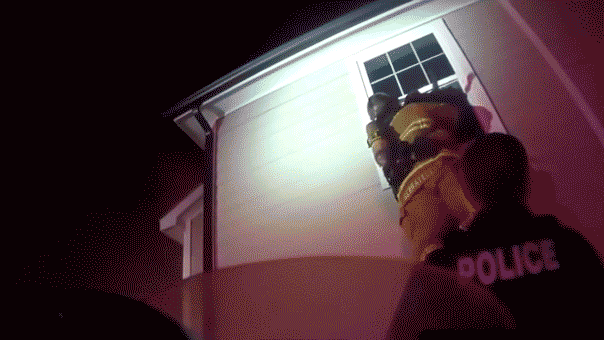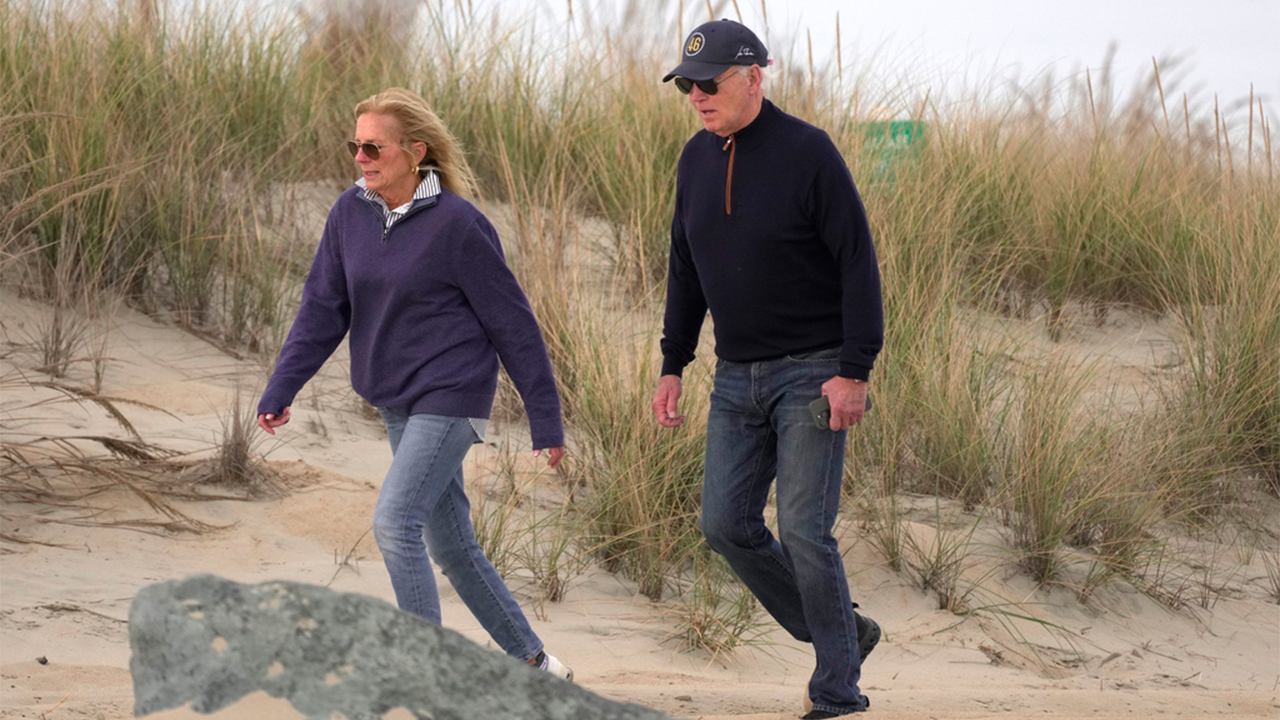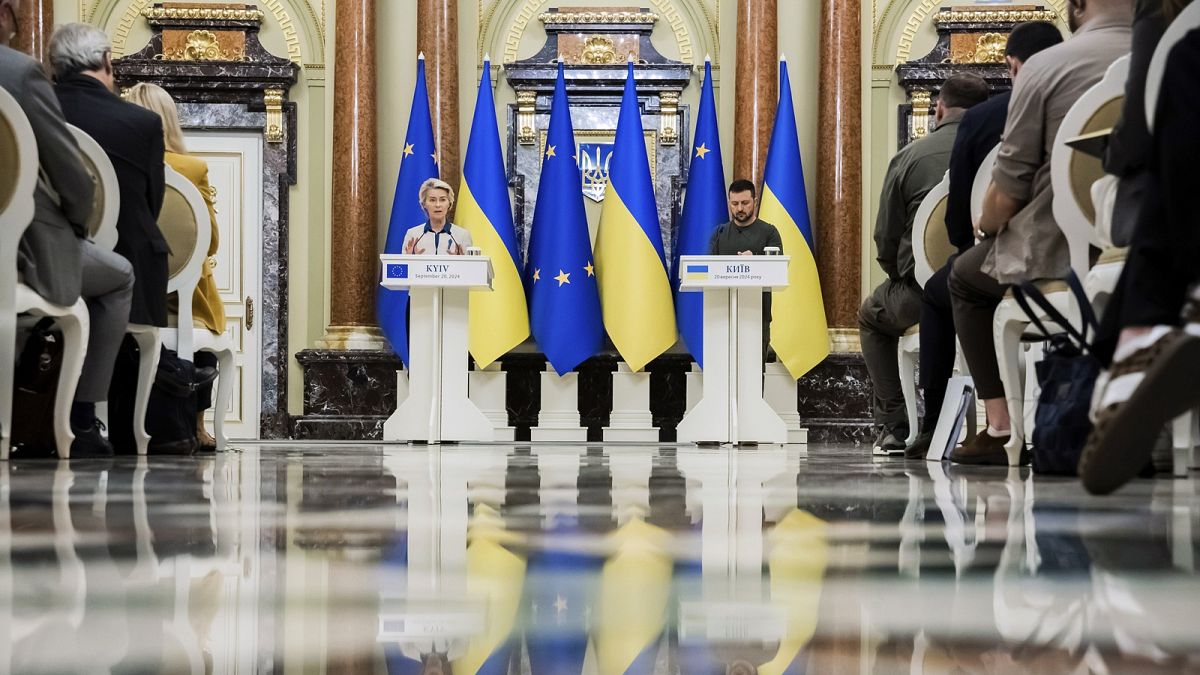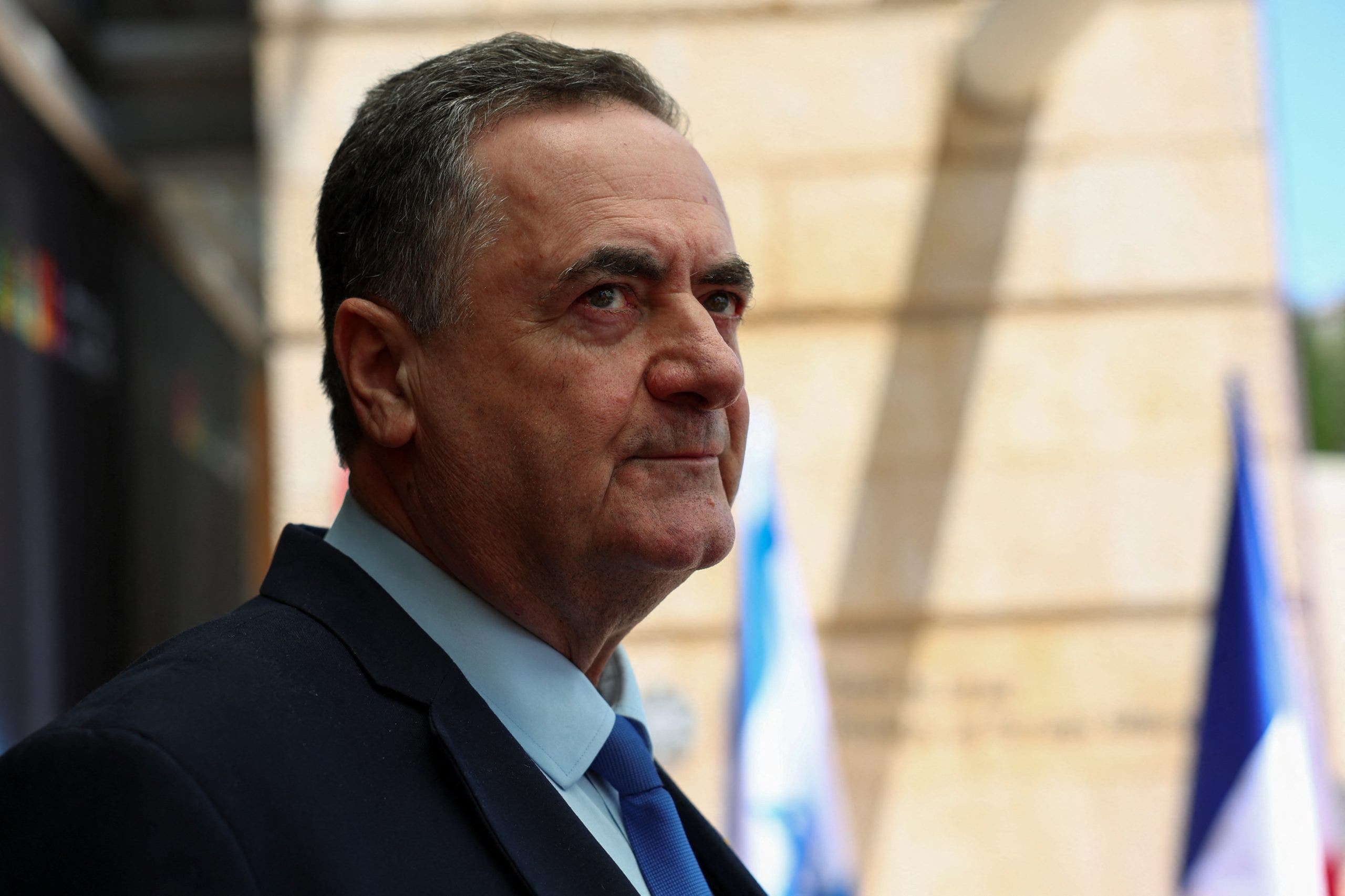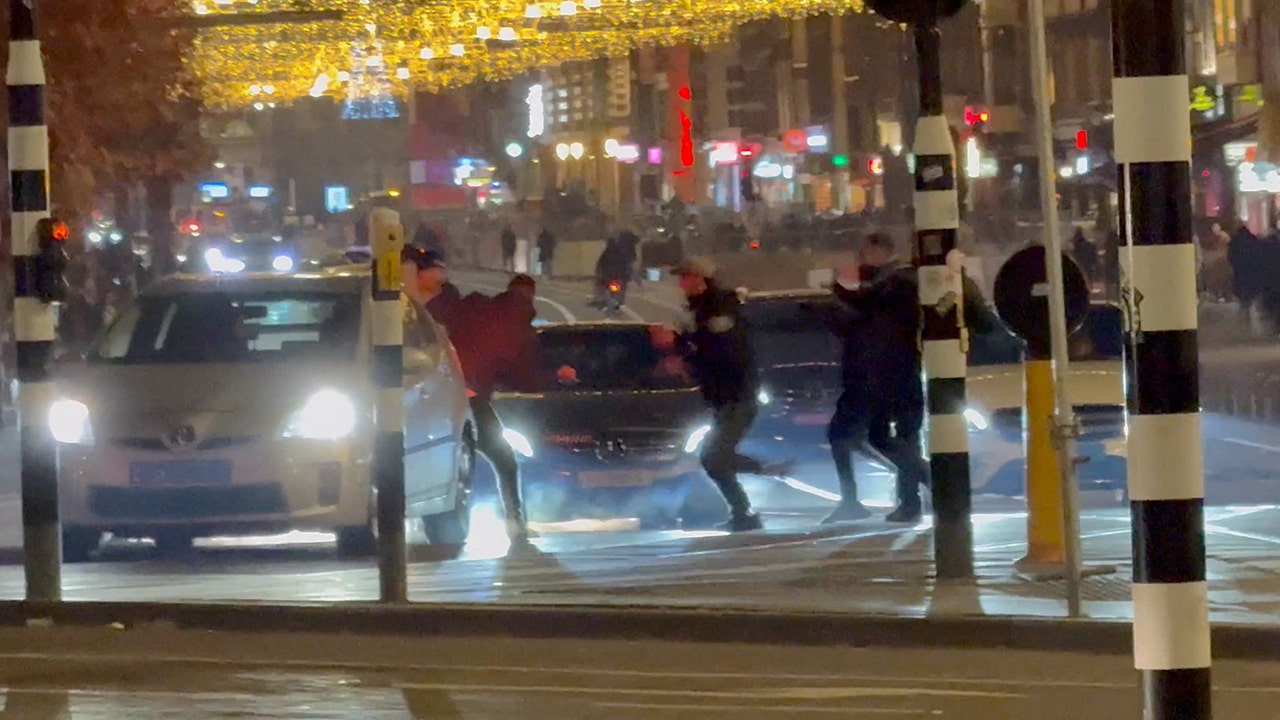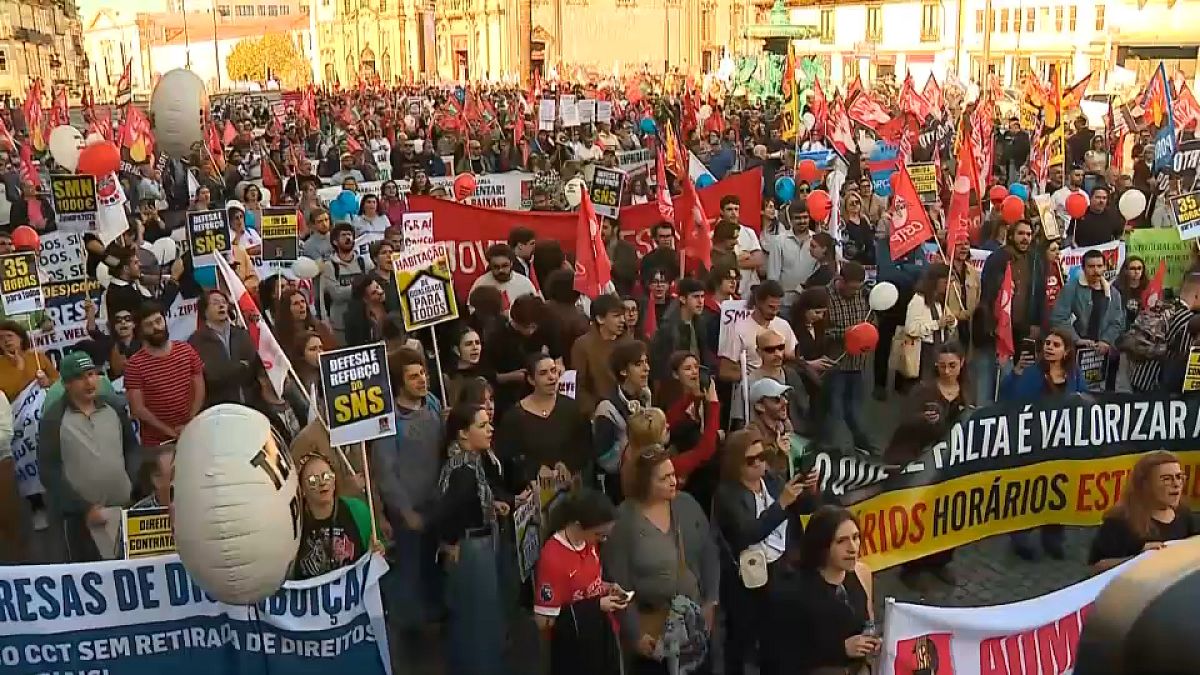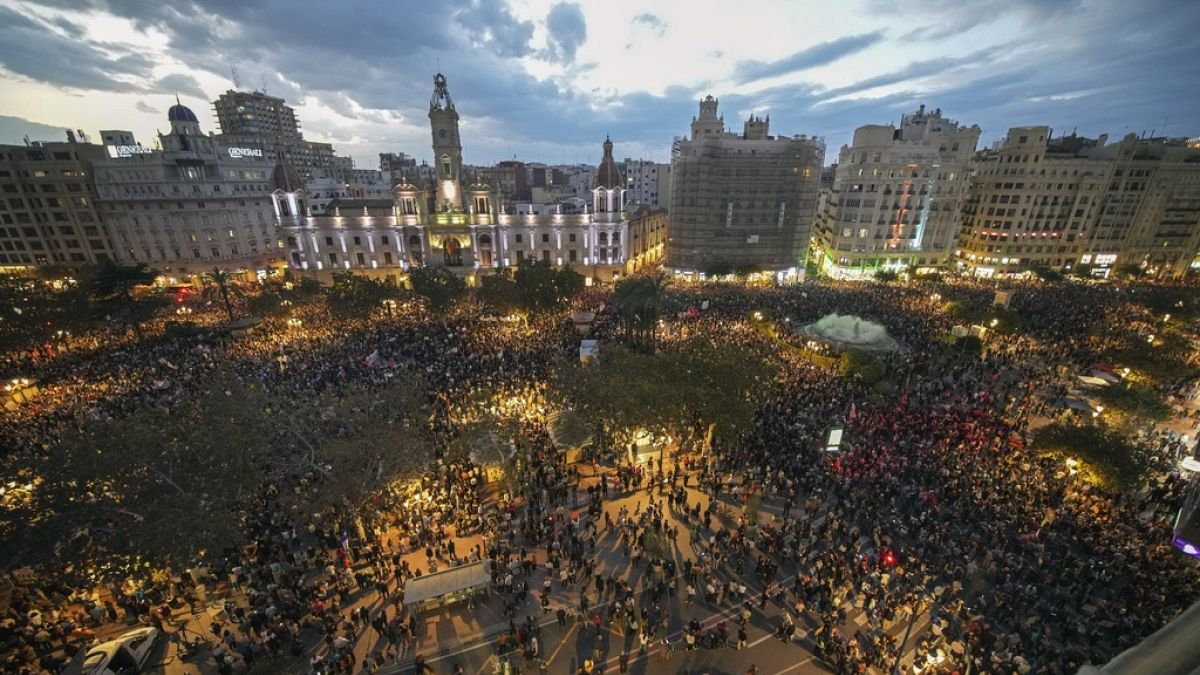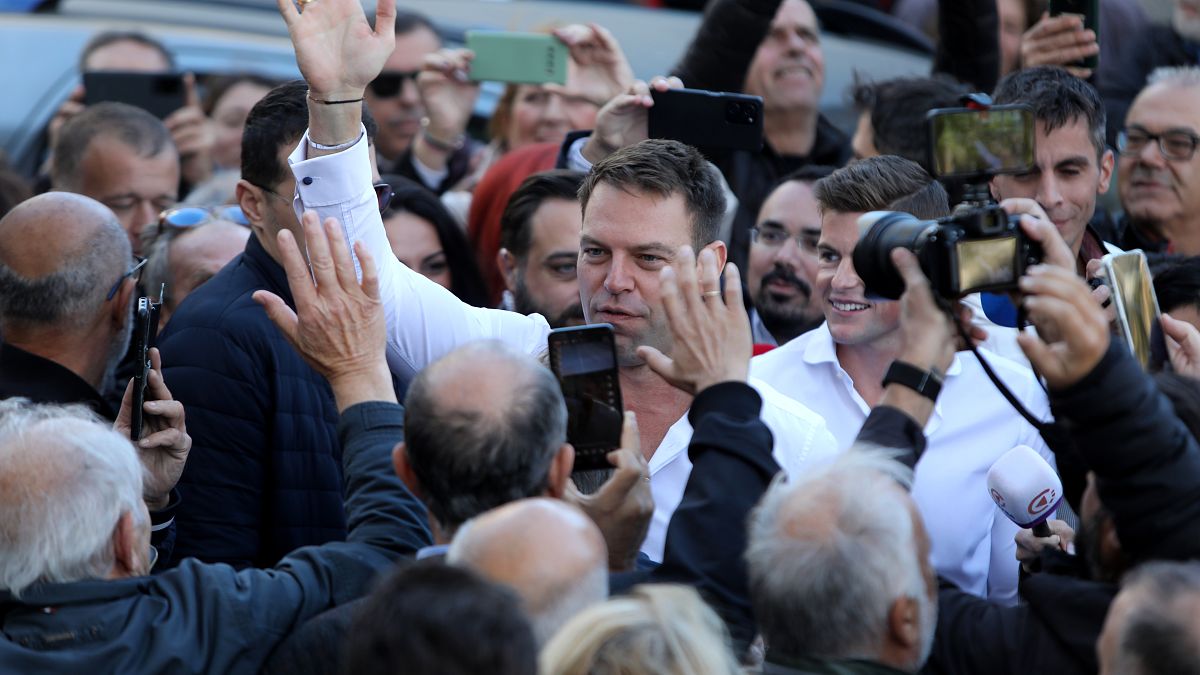The profits made by Russia’s frozen assets are the key behind the €35 billion loan that the EU has promised to Ukraine.
The European Union has a new plan: raise a €35 billion loan, hand it over to Ukraine and help the country plug the massive hole left in its budget by Russia’s invasion, which is nearing its 1,000th day with no resolution in sight.
“We understand the tremendous financing needs created by the war,” Ursula von der Leyen said on Friday during a visit to Kyiv.
“You need to keep the state and the economy running and at the same time bolster your defence capacity against the Russian aggression.”
The European Commission president promised the loan would provide Ukraine with “much-needed fiscal space” for the government and grant “maximum flexibility” to meet its daily needs, such as paying for healthcare services, procuring weapons and repairing the energy systems that Russian forces have relentlessly bombed.
The fact that Brussels is supplying Ukraine with a new credit line is nothing new, as this has happened regularly since the start of the war. But this time, a key difference makes the initiative truly groundbreaking: Russia’s immobilised assets will act as collateral for the loan and be leveraged to fulfill all re-payments, exempting Kyiv’s budget.
How will that work? Euronews explains all you need to know.
Where does the idea come from?
The idea stems from the motto “make Russia pay” that the West adopted in 2022 to force Moscow to foot the enormous bill caused by the sheer devastation it wreaked across Ukraine. The Kremlin ignored such calls and continued its brutal invasion.
With allies facing cash-strapped budgets at home, they turned to an additional source of funding that would exempt their coffers: the assets of the Russian Central Bank that were frozen in the early days of the conflict. These foreign exchange reserves are worth around €270 billion, with the vast majority (€210 billion) being kept in EU territory.
Euroclear, a Brussels-based Central Securities Depository (CSD), is the main holder.
Under international law, the sovereign assets cannot be confiscated. However, the extraordinary revenues they generate do not enjoy the same protection, which means they can be captured and managed in various ways.
In May, member states agreed to use the windfall profits, estimated to be between €2.5 billion and €3 billion annually, to support Ukraine’s army and reconstruction efforts. As the situation in the country turned increasingly dire, G7 leaders signed in June a pledge to raise a $50 billion (€45 billion) loan and provide Kyiv with immediate relief.
What’s the link between the EU and the G7 loan?
It’s all part of the same initiative.
The original idea was for the EU and the US to contribute $20 billion (€18 billion) each, with the UK, Canada and Japan lending the remaining amount until getting to $50 billion.
But Washington expressed reservations about the way Brussels renews sanctions: under EU law, the restrictions against Russia, from the oil ban to the blacklisted oligarchs, need to be extended every six months by a unanimous vote. This means that, at one point, one member state, like Hungary, could block the renewal and unfreeze the assets, causing the loan to unravel and exposing Western allies to great financial risk.
The prospect of such a scenario slowed down negotiations between EU and US officials, even if the situation in Ukraine, under intense Russian bombing, becomes desperate ahead of the winter season.
This is why Ursula von der Leyen moved forward with a higher-than-expected share of €35 billion to coax Washington and other allies into swifter action. The upcoming US presidential elections, and the possible re-election of Donald Trump, add urgency to the scheme.
Isn’t the EU’s share way too big?
The EU’s €35 billion is much bigger than the €18 billion it was supposed to contribute when the G7 announced the plan in June. In fact, it represents more than three-quarters of the €45 billion, or $50 billion, pledge. But things could still change.
Commission officials say Western allies need to study von der Leyen’s proposal and decide how much they want to contribute. If the total amount exceeds €45 billion, then Brussels will adjust its loan and bring its share below €35 billion.
Further clarity is expected by the end of October.
How will the windfall profits be used?
Under von der Leyen’s plan, the Commission will establish the Ukraine Loan Cooperation Mechanism, a sort of common pool where the windfall profits will be channeled.
Once allies raise the loan and transfer the money to Ukraine, they will be allowed to tap into this new mechanism and obtain a share of the extraordinary revenues according to how much they have lent. Allies will use these windfall profits to fulfill repayments, including the principal, interest rates and other additional costs.
This means that neither the G7 nor Ukraine will bear the brunt of repayments.
What’s next?
The Commission has asked the Council and the European Parliament to move fast with the proposal as it needs to raise the €35 billion loan before the end of this year.
The vote in the Council will be done by a qualified majority, meaning the loan itself will not be subject to individual vetoes. This raises hopes of a prompt agreement.
If things go well, the Commission could make the first transfer in late 2024 or early 2025 after verifying Kyiv has met a set of policy conditions. The €35 billion is expected to be disbursed gradually throughout 2025, although a lump-sum payment is also possible.
It will be up to Zelenskyy’s government to decide how to use the assistance. The money will be “undesignated” and “untargeted,” explained a senior Commission official, speaking on condition of anonymity. The official stressed there was “no prohibition” to dedicate parts of the loan to buying weapons and ammunition for the Ukranian army.
Disbursement will be made on bank accounts in the name of Ukraine but located in the territory of lenders, enabling greater autonomy.
Meanwhile, windfall profits from the immobilised assets will be channeled into the common pool from August 2025 onwards.
But what about Hungary’s veto?
This is the perennial question in Brussels.
As part of the plan, High Representative Josep Borrell has proposed to extend the renewal period on the Russian assets from six to 36 months to strengthen long-term predictability and allay Washington’s concerns.
Unlike the loan, this proposal will be subject to unanimity, which means Hungary could derail the idea and keep the rules as they are now to maintain its political leverage.
Commission officials say that legally speaking, the veto would not alter the €35 billion loan and Brussels would move ahead with or without a longer renewal period. “The money keeps flowing as long as restrictive measures stay in place,” the official said.
Additionally, Borrell has added two political conditions to unfreeze the assets: Russia ceases its hostilities and Russia pays for reparations.
Although member states support this approach, the reality is that Hungary will retain its veto power on the frozen assets, whether it can wield it in six or 36 months.
Washington will move accordingly, as any operation that entails financial risks requires the US Congress to approve extra funding. In the EU’s case, the ultimate guarantee against an unpleasant surprise will be the bloc’s common budget.
Read the full article here



:focal(1197x465:1199x463)/origin-imgresizer.eurosport.com/2024/11/10/4060841-82354468-2560-1440.jpg)

